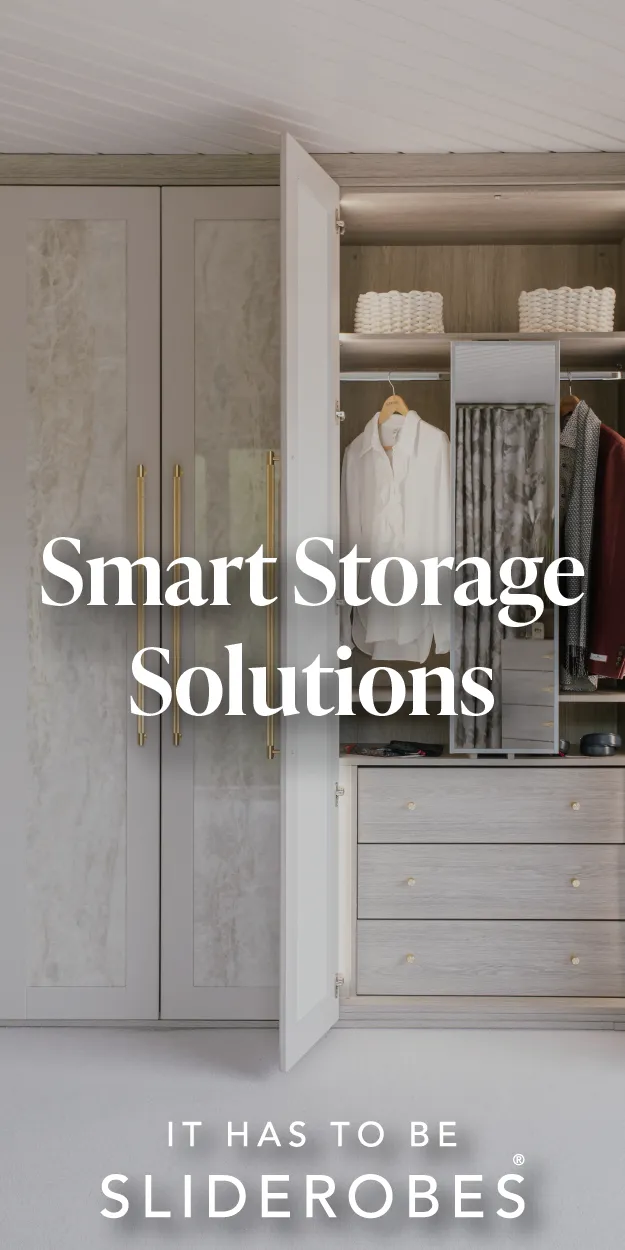
How to form new habits that will actually stick
Whether you’re trying to make or break a habit, reflection, setting intentions, noticing your cues, and creating a lasting vision for change is how you’ll keep it up.

Forget New Year's resolutions. The right time to form a new habit or ditch an old one is whenever it feels right. It’s just that January, with its promise of a fresh start with the new year and lingering pangs of guilt over the gluttony of the preceding festive season, often serves up suitable motivation to focus on your goals. But while 59% of adults make New Year’s resolutions, almost a quarter quit in the first week and just over a third make it past the first month.
Whether it be in the depths of winter, in the scorching heat of summer or on any random Tuesday throughout the year, the real trick is to form habits that stick. Luckily for you, we’ve broken down exactly how to do just that.
Reflect and set intentions
To create new habits we have to understand why we want to make a change in the first place. Introspection and reflection is the only way to start. If we can understand why we don’t already instinctively do this thing we apparently want to do, we can reflect on that, analyse it, and figure out how to move things forward.
Let’s take two characters: Johnny, who wants to break his habit of smoking; and Aoife, who wants to start road-running. Both Johnny and Aoife should take an afternoon to complete some deep work and reflection. They must ask themselves why they want to make or break these habits.
Once they truly understand their why, they can establish clear intentions by setting specific, achievable goals. For you, reader, aligning your desires with achievable actionable intentions will help create a roadmap for the habits you want to form.
Note your triggers and cues
Every time we act on a habit, it’s triggered by a cue. This cue is what sets a habitual behaviour in motion. Let’s use Johnny and Aoife for example.
Johnny walks home from work (cue). He feels like he needs to destress after a busy day (craving). Johnny lights up a cigarette while walking home (response). In doing so, he satisfies his craving to reduce stress (reward). This also means his walk home is associated with smoking.
Aoife gets in from a long day at work (cue). She’s feeling hungry and tired (craving). She makes dinner and sits on the couch (response), and so coming home from work is associated with relaxing (reward). Aoife has satisfied her craving, but now she doesn’t have the energy or motivation to go for a run.
Noticing your cues will help you recognise your triggers, whether sensory or emotional. This awareness will also help you make the changes necessary to achieve a new result.
Understand the habit loop
The habit loop outlined above (cue, craving, response and reward) is what keeps you from forming good habits and breaking bad ones. If we want to break or form a habit, we need to identify these components and manipulate them.
In Johnny's case, he could try to walk a different route home, or find another way to destress to avoid smoking a cigarette, such as drinking a large glass of water or going to the gym. For Aoife, she could change into her running clothes at work and have a snack before leaving so that, once she’s home, she can drop her bags and head straight out the door for her run.
Try it yourself: identify the cue that reflects the desire, then notice how you respond and how you reward yourself. You can then create a new loop and reinforce it with positive feedback, meaning the habit is more likely to stick.
Create a system and envision change
Goals are great for setting out your ambition, but systems are key to success. If you develop a system that includes changing your outcome, your processes and, most importantly, your identity, you will be successful.
It’s about envisioning a future you. A future where smoking doesn’t resonate with your lifestyle because you choose a healthy body, fresh clothes and white teeth. A future where you run because it brings you joy, energy, a clearer mind, community and a fitter body. Once you adopt a new identity, it can make a habit go from something you have to do to something that is a part of you. It will solidify your systems and ensure you reach your goals. Don’t just learn an instrument; become a musician. Don’t just paint pictures; become an artist. Don’t just write pages; become an author.
Implement and reinforce new habits
Whether you want to eat healthier meals, exercise more often, quit smoking, spend less time on social media, or build any kind of new routine into your life, for habits to stick, they need to be easy, attractive and satisfying. You can try strategies such as habit stacking, environmental design and the two-minute rule to reduce the friction between you and your goals. Keep assessing and adjusting your approach with a habit scorecard to keep track of progress and setbacks.
Alongside your identity shift, you should also surround yourself with people who embody the habits you want to adopt. Having community support will make it 100 times easier to keep at it.



